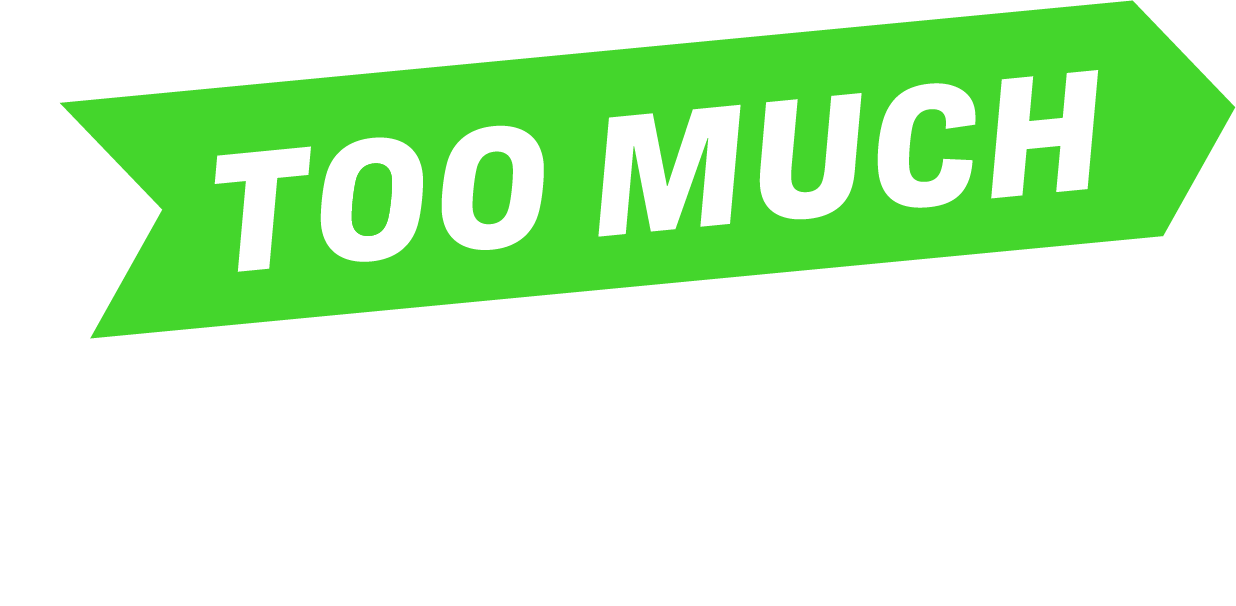Drug Schedules and Their Meanings
If you have ever recovered from an injury, needed help sleeping or had trouble focusing, your health care provider may have prescribed you medicine to help. Prescription medications can prevent, cure, treat and manage several conditions, but if they are not used exactly as prescribed, some of these medications can be addictive.
What Are Drug Schedules?
Prescription medications fall into one of five categories, or “schedules,” defined by the U.S. Drug Enforcement Administration (DEA). One factor the DEA considers when determining the schedule of a drug is the drug’s abuse rate. The drug abuse rate refers to how often people use a medication without having a prescription for it, use a medication in a way that is not prescribed or use a medication to get “high.” When the schedule number is lower that means there is a higher potential for abuse for those taking it. Some prescription medications are also known as controlled substances and are usually prescribed for pain, depression, anxiety and sleep.
|
Schedule |
Definition |
| Schedule I |
Drugs, substances or chemicals with no currently accepted medical use and a high potential for abuse |
| Schedule II |
Drugs, substances or chemicals with high potential for abuse, with use potentially leading to severe psychological or physical dependence |
| Schedule III |
Drugs, substances or chemicals with moderate to low potential for physical and psychological dependence |
| Schedule IV |
Drugs, substances or chemicals with a low potential for abuse and low risk of dependence |
| Schedule V |
Drugs, substances or chemicals with lower potential for abuse than Schedule IV and consist of preparations containing limited quantities of certain narcotics |
Keep reading to see examples of commonly prescribed drugs within each category. If you are interested in a full list of controlled substances, visit the DEA’s website [deadiversion.usdoj.gov].
Schedule I Drugs
Schedule I drugs currently have no accepted medical use and are not prescribed by health care providers. Some examples that fall in this category include ecstasy, LSD and heroin.
Schedule II Drugs
Schedule II drugs are considered dangerous and include both illicit drugs (e.g. cocaine) and prescription medications.
| Pain Relief | |
|
Drug Name |
Brand Name |
|
Fentanyl |
Duragesic, Subsys |
|
Hydrocodone |
Lortab, Vicodin |
|
Hydromorphone |
Dilaudid |
|
Meperidine |
Demerol |
|
Methadone |
Dolophine, Methadose, Diskets |
|
Morphine |
MS-Contin, Oramorph, MSIR, Roxanol, Kadian |
|
Oxycodone |
OxyContin, Roxicodone, Percocet, Tylox |
| Stimulants for ADHD | |
|
Drug Name |
Brand Name Examples |
|
Amphetamine/ dextroamphetamine |
Adderall |
|
Methylphenidate |
Ritalin, Concerta |
Schedule III Drugs
| Pain Relief | |
|
Drug Name |
Brand Name Examples |
|
Codeine mixed with acetaminophen |
Tylenol #3* |
|
Butalbital |
Fiornal |
*Note: This is a different version of Tylenol from the ones available over the counter. Tylenol #3 is available by prescription only because it contains codeine.
| Anabolic Steroids | |
|
Drug Name |
Brand Name Examples |
|
Testosterone |
Androderm, AndroGel, Aveed, Depo-Testosterone |
| Addiction | |
|
Drug Name |
Brand Name Examples |
|
Buprenorphine |
Suboxone |
Schedule IV Drugs
| Pain Relief | |
|
Drug Name |
Brand Name Examples |
|
Dextropropoxyphene |
Darvocet |
| Insomnia and Anxiety | |
|
Drug Name |
Brand Name Examples |
|
Alprazolam |
Xanax |
|
Carisoprodol |
Soma |
|
Clonazepam |
Klonopin, Clonopin |
|
Diazepam |
Valium, Diastat |
|
Eszopiclone |
Lunesta |
|
Lorazepam |
Ativan |
|
Tramadol |
Tramadol |
|
Zolpidem |
Ambien |
Schedule V Drugs
| Insomnia and Anxiety | |
|
Drug Name |
Brand Name Examples |
|
Pregabalin |
Lyrica |
| Cough | |
|
Drug Name |
Brand Name Examples |
|
Codeine-Guafenesin |
Robitussin A-C* |
*Note: This is a different version of Robitussin from the ones available over the counter. Robitussin A-C is available by prescription only because it contains codeine.
How To Safely Use Medications
If you have been prescribed any medication, it is important to take it exactly as directed. If you have any questions or concerns about your medication, talk with your health care provider.
References
Drug Scheduling (dea.gov) [dea.gov]
Controlled Substances – Alpha Order (usdoj.gov) [deadiversion.usdoj.gov]
Drugs.com – Prescription Drug Information [drugs.com]
